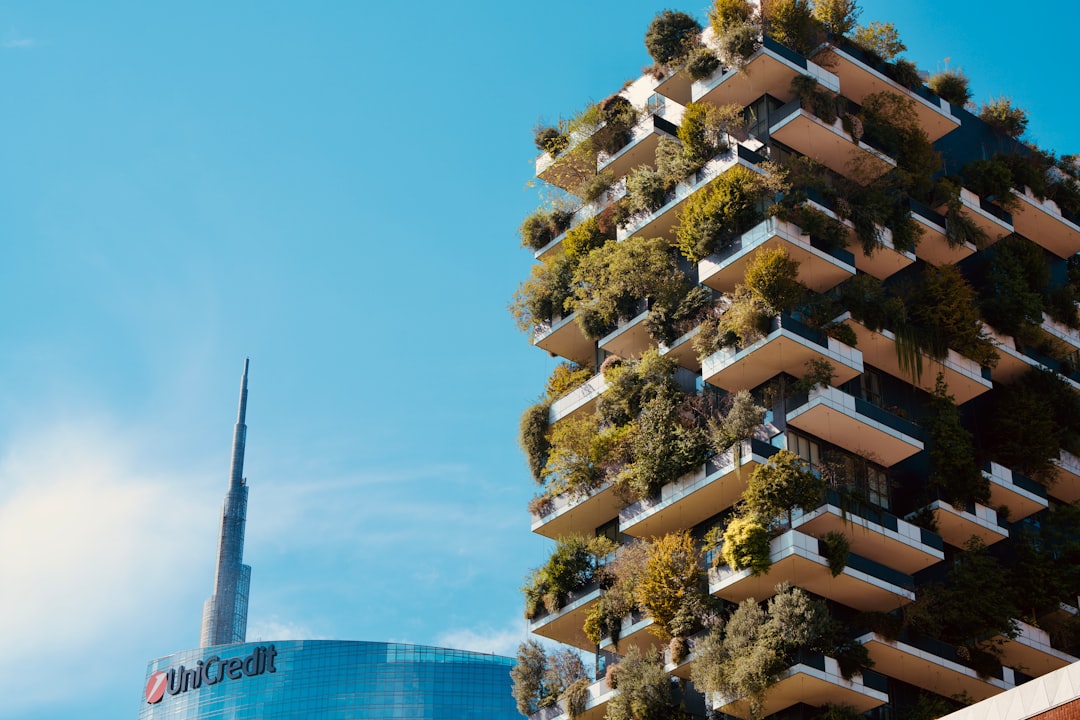“`html
Sustainable Urban Architecture: Building a Greener Future
Why Sustainable Urban Architecture Matters
Our cities are growing, and fast. This growth puts immense pressure on resources, infrastructure, and the environment. Traditional building practices often contribute to pollution, waste, and energy inefficiency. Sustainable urban architecture offers a solution: designing and constructing buildings and urban spaces that minimize environmental impact, promote resource efficiency, and enhance the well-being of residents. It’s about creating cities that are not only functional but also environmentally responsible and resilient to future challenges.
The urgency stems from the undeniable effects of climate change. Cities are major contributors to greenhouse gas emissions, and also highly vulnerable to the consequences, such as rising sea levels, extreme weather events, and heat waves. Sustainable architecture directly addresses these issues by reducing carbon footprints and incorporating adaptation strategies. Think of green roofs that absorb rainwater, buildings designed for natural ventilation to reduce reliance on air conditioning, and the use of locally sourced, recycled materials.
The Impact of Sustainable Design
Environmental Benefits
The most obvious impact is the reduction of environmental harm. Sustainable buildings often utilize:
- Reduced Energy Consumption: Energy-efficient designs, solar panels, and smart building management systems minimize reliance on fossil fuels.
- Water Conservation: Rainwater harvesting, greywater recycling, and water-efficient fixtures conserve precious water resources.
- Waste Reduction: Using recycled materials, minimizing construction waste, and designing for deconstruction (easy disassembly and reuse) significantly reduces landfill waste.
- Improved Air Quality: Green roofs and walls absorb pollutants, and the use of non-toxic building materials improves indoor air quality.
- Reduced Carbon Footprint: Lower energy consumption and the use of sustainable materials all contribute to a smaller carbon footprint.
Social and Economic Advantages
Beyond the environmental benefits, sustainable urban architecture offers significant social and economic advantages. For example:
- Improved Health and Well-being: Natural light, ventilation, and access to green spaces promote physical and mental health.
- Increased Property Values: Sustainable buildings are often more desirable and command higher prices.
- Job Creation: The green building industry creates new jobs in areas like renewable energy, sustainable materials, and green building design and construction.
- Reduced Operating Costs: Energy and water efficiency translate to lower utility bills for building owners and tenants.
- Enhanced Community Resilience: Buildings designed to withstand extreme weather events provide shelter and support during emergencies.
Case Studies: Examples in Action
Examples of successful sustainable urban architecture are popping up all over the world. From cities designing floating structures to combat rising sea levels (BBC) to buildings utilizing passive heating and cooling techniques, innovation is booming. Consider the use of vertical forests, which not only enhance biodiversity in urban areas but also improve air quality and reduce the urban heat island effect. These aren’t just futuristic fantasies; they’re real-world solutions being implemented today.
Materials Matter: Choosing Responsibly
The materials used in construction have a huge impact on sustainability. Traditional materials like concrete and steel are energy-intensive to produce and contribute significantly to carbon emissions. Sustainable architecture prioritizes:
- Recycled Materials: Using recycled steel, glass, and plastic reduces the demand for virgin materials and diverts waste from landfills.
- Renewable Materials: Bamboo, timber (from sustainably managed forests), and straw bales are renewable resources that can be used in construction.
- Locally Sourced Materials: Sourcing materials locally reduces transportation emissions and supports local economies.
- Low-VOC Materials: Volatile organic compounds (VOCs) are harmful chemicals found in many building materials. Using low-VOC paints, adhesives, and flooring improves indoor air quality.
The Future of Sustainable Urban Architecture
Technological Advancements
Technological advancements are playing a crucial role in shaping the future of sustainable urban architecture. From smart building technologies that optimize energy consumption to 3D printing using sustainable materials, innovation is driving the field forward.
- Smart Buildings: Sensors, data analytics, and automation systems optimize energy consumption, water usage, and indoor environmental quality.
- Building Information Modeling (BIM): BIM software allows architects and engineers to design and simulate buildings in a virtual environment, optimizing their performance and minimizing waste.
- 3D Printing: 3D printing using sustainable materials like recycled plastic and bio-based composites offers the potential to build affordable and eco-friendly housing.
- Advanced Materials: Research is ongoing into new sustainable building materials, such as self-healing concrete and carbon-negative aggregates.
Policy and Regulation
Government policies and regulations are essential for promoting sustainable urban architecture. Green building codes, incentives for sustainable development, and carbon pricing mechanisms can all help to accelerate the adoption of sustainable practices. Stronger regulations are needed to ensure that new buildings meet high energy-efficiency standards and incorporate sustainable materials.
Community Engagement
Sustainable urban architecture is not just about buildings; it’s about creating sustainable communities. Community engagement is crucial to ensuring that sustainable development projects meet the needs and aspirations of local residents. Involving communities in the planning and design process can lead to more successful and equitable outcomes. Examples of community integration include the creation of shared green spaces, community gardens, and public transportation options.
Resilience and Adaptability
The future of urban architecture must also focus on resilience and adaptability. Cities are increasingly vulnerable to climate change impacts, such as extreme weather events, sea-level rise, and water scarcity. Buildings and infrastructure need to be designed to withstand these challenges. This includes incorporating measures like flood-resistant construction, drought-tolerant landscaping, and distributed energy generation systems. Adaptability is also key, allowing buildings and communities to evolve and respond to changing environmental conditions.
Ultimately, the rise of sustainable urban architecture represents a fundamental shift in the way we design and build our cities. It’s a move towards creating urban environments that are not only environmentally responsible but also healthier, more equitable, and more resilient. The challenges are significant, but the potential rewards are immense. As Reuters reports (Reuters), innovations are turning buildings into potential carbon sinks, further solidifying the importance of this movement.
By embracing sustainable practices, we can build a greener, more sustainable future for generations to come.
“`

